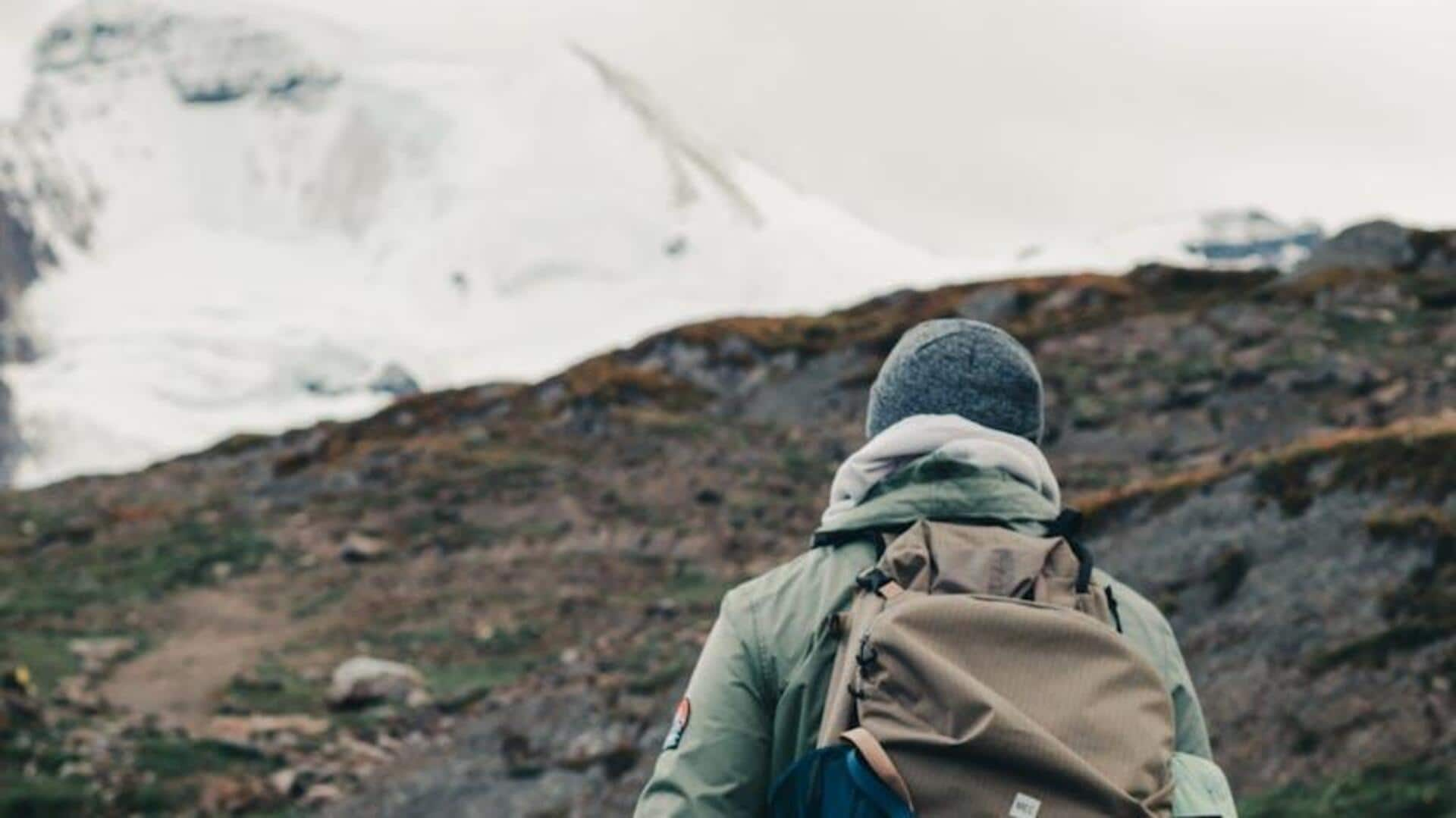
Essential layers for winter hiking in Patagonia
What's the story
Patagonia, Chile, is a breathtaking destination known for its rugged terrain and dramatic landscapes. Winter hiking here offers an unparalleled experience of pristine, snow-covered trails and majestic views. However, the unpredictable weather demands careful preparation, especially in choosing the right clothing. Ensuring you have the appropriate layers can make the difference between a memorable adventure and a challenging ordeal.
Base layer
Base layer: Your second skin
The base layer, acting as your second skin, maintains body warmth while efficiently wicking moisture away. Opt for materials like merino wool or synthetic fabrics, known for their breathability and quick-drying properties. This layer should fit snugly, ensuring comfort without restricting movement during long hikes. It's crucial to avoid cotton since it retains moisture, leading to discomfort in cold weather conditions.
Insulation
Insulating layer: Trapping warmth
The insulating layer is essential for keeping body heat close. Fleece jackets or lightweight down jackets are the best options for this layer. They boast an outstanding warmth-to-weight ratio, ensuring you stay warm without unnecessary bulk. On very cold days, consider adding a vest as an extra insulating layer to maintain your core temperature without the risk of overheating.
Outer shell
Protective outer shell: Shield against elements
A durable outer shell is vital for protection against wind, rain and snow. Opt for jackets that are waterproof and windproof with breathable membranes like Gore-Tex. These prevent moisture from entering while allowing sweat to escape. Ensure your jacket has a hood and adjustable cuffs for extra defense against harsh weather. This layer is essential for staying dry and comfortable in adverse conditions.
Extremities
Extremities: Don't forget hands and head
Your extremities lose heat quickly, so protecting your hands and head is vital. Waterproof gloves or mittens are necessary to keep your hands dry and warm; choose ones with grip features for handling equipment safely. A woolen hat or beanie will help retain heat escaping from your head; consider one that covers the ears for extra warmth.
Footwear
The right footwear: Foundation of every step
Proper footwear is crucial for winter hiking in Patagonia. Waterproof boots with insulation are a must. They should have deep tread patterns for traction on snow and ice, ensuring stability on slippery surfaces. Pair these boots with wool or synthetic socks, which wick moisture away and keep your feet warm, supporting every step on icy trails.